We are getting closer to discovering if life existed on the Red Planet.
Scientists are gathering evidence of Mars’ past habitability through several ongoing missions, including Perseverance, Curiosity, Zhurong, and Exomars.
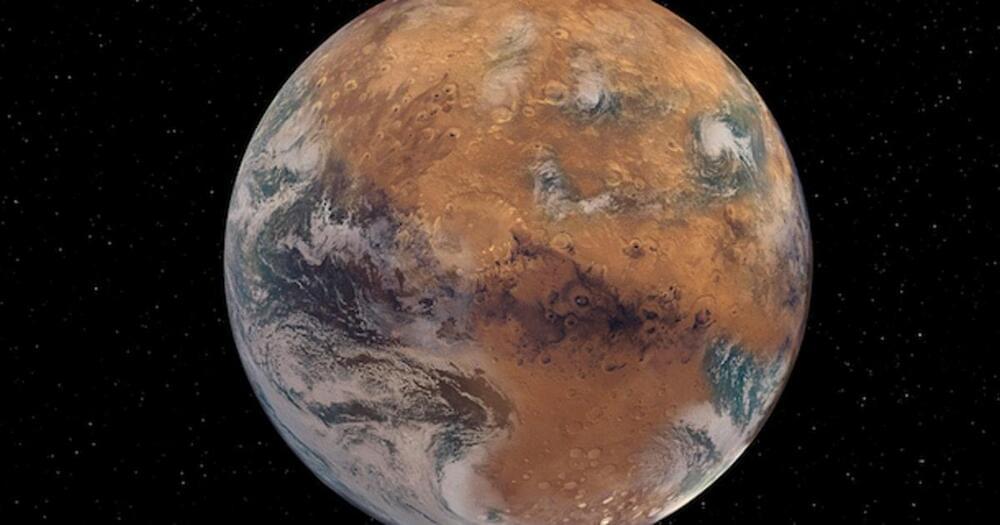
I found this super interesting. I never considered the idea that I may have lived this exact life an infinite amount of times already. I find stuff like this to be brain candy, and this article is particularly well-written in my opinion. Did The Big Bang Arise Out of Nothing?
“The last star will slowly cool and fade away. With its passing, the Universe will become once more a void, without light or life or meaning.”
So warned the physicist Brian Cox in the recent BBC series Universe. The fading of that last star will only be the beginning of an infinitely long, dark epoch. All matter will eventually be consumed by monstrous black holes, which in their turn will evaporate away into the dimmest glimmers of light.
Space will expand ever outwards until even that dim light becomes too spread out to interact. Activity will cease.
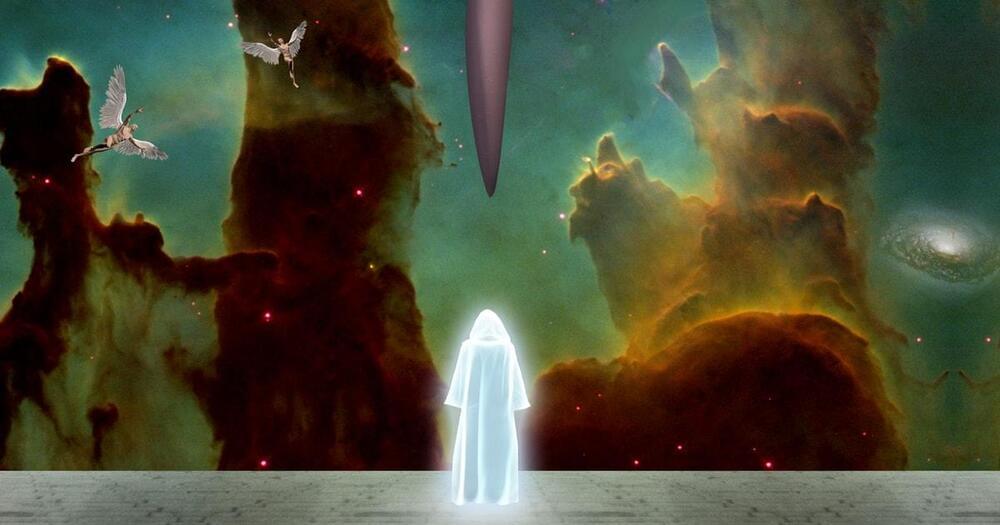

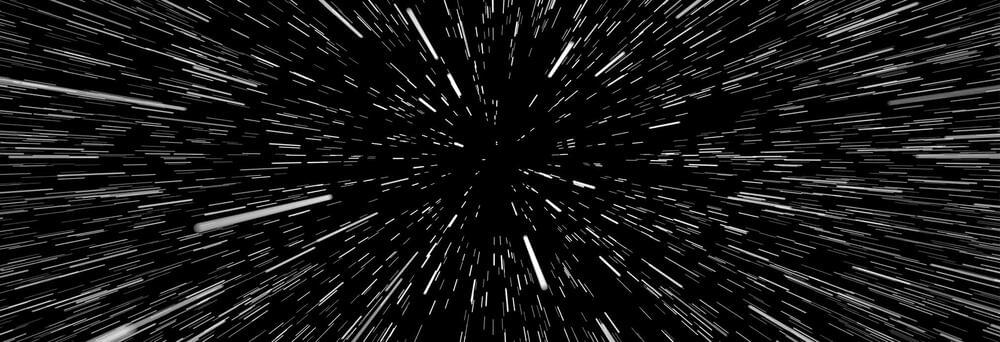
“Interstellar Travel and Post-Humans” by Martin Rees is one of the chapters of the book “The Next Step: Exponential Life”.
Astronomers like myself are professionally engaged in thinking about huge expanses of space and time. We view our home planet in a cosmic context. We wonder whether there is life elsewhere in the cosmos. But, more significantly, we are mindful of the immense future that lies ahead—the post-human future where our remote descendants may transcend human limitations—here on Earth but (more probably) far beyond. This is my theme in the present chapter.
The stupendous timespans of the evolutionary past are now part of common culture. But the even longer time-horizons that stretch ahead—though familiar to every astronomer —have not permeated our culture to the same extent. Our Sun is less than half way through its life. It formed 4.5 billion years ago, but it has got six billion more before the fuel runs out. It will then flare up, engulfing the inner planets and vaporizing any life that might still remain on Earth. But even after the Sun’s demise, the expanding universe will continue—perhaps forever—destined to become ever colder, ever emptier.
Any creatures witnessing the Sun’s demise six billion years hence will not be human —they will be as different from us as we are from a bug. Post-human evolution could be as prolonged as the Darwinian evolution that has led to us, and even more wonderful—and will have spread far from Earth, even among the stars. Indeed, this conclusion is strengthened when we realize that future evolution will proceed not on the million-year timescale characteristic of Darwinian selection, but at the much accelerated rate allowed by genetic modification and the advance of machine intelligence (and forced by the drastic environmental pressures that would confront any humans who were to construct habitats beyond the Earth). Natural selection may have slowed: its rigors are tempered in civilized countries. But it will be replaced by “directed” evolution.
But could it actually work?
Lighter-than-air spacecraft might one day help explore the clouds of Venus and investigate signs of ancient life on the planet.
Proposed in 2014 by Northrop Grumman, the Venus Atmospheric Maneuverability Platform (VAMP) project would deploy crewed inflatable aircraft from space to skim Venus’ upper atmosphere.
Now, a press release from West Virginia University reveals that engineers are developing software to allow spacecraft similar to these to navigate Venus’ atmosphere autonomously.
Could we send humans to Venus? The statement, brought to our attention by Universe Today says the main goal of the new project is to “propose a software solution that will allow hybrid aerobots to explore the atmosphere of Venus.” The researchers claim that their software would optimize flight paths while accounting for strong winds and sunlight intensity, allowing it to plan the crafts flights for the longest periods possible.
Full Story:
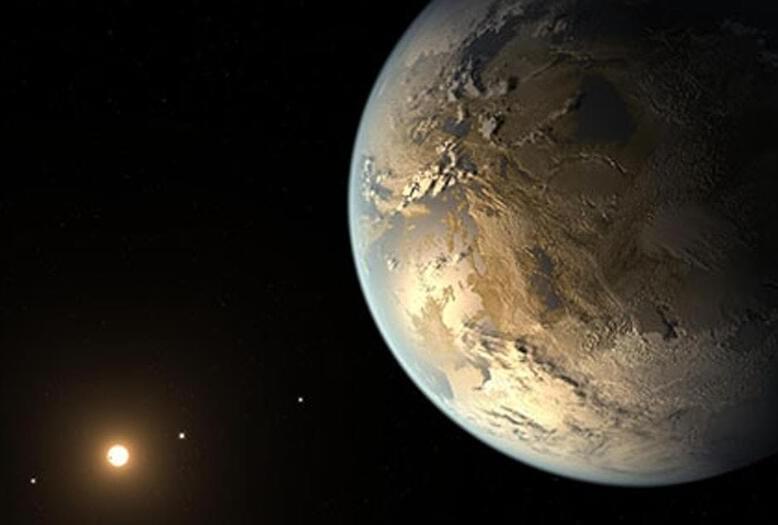
How close to real life is the Amazon sci-fi series, “The Expanse”? Join us… and find out!
Subscribe for more from Unveiled ► https://wmojo.com/unveiled-subscribe.
Science fiction shows and movies can sometimes struggle with a bad reputation passed down to them by a number of low-budget, poorly executed films in the genre. The Amazon series “The Expanse”, based on the novels by James S. A. Corey, however, tries to overthrow the idea that sci-fi can’t hold up to science. So, how well does it do? In this video, Unveiled finds out!
This is Unveiled, giving you incredible answers to extraordinary questions!
Find more amazing videos for your curiosity here:
The Real Reason Why We Haven’t Returned to the Moon — https://youtu.be/Y5CvEBDkVos.
Are We Living in an Island Universe? — https://youtu.be/m1iYoC1uZdo.
0:00 Intro.
It hasn’t even been on Mars a full year, and NASA’s Perseverance rover is making excellent surprise discoveries.
Amid a number of findings announced this week at the American Geophysical Union Fall Meeting, scientists have revealed that the Jezero Crater formed from molten volcanic magma – and that organic molecules have been discovered in rocks and dust on the crater floor.
This is by no means evidence for life on Mars. Organic compounds are simply those that contain carbon-hydrogen bonds, and these can form by any number of non-biological processes. Indeed, organic compounds have been discovered on Mars before, both by the Curiosity rover and the Mars Express orbiter.
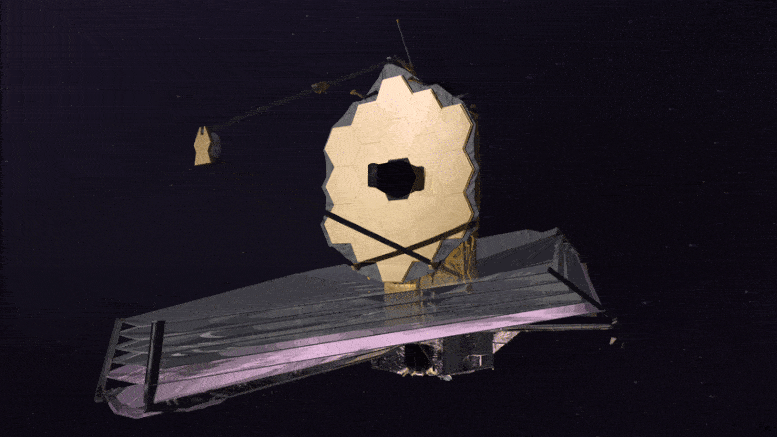
The James Webb Space Telescope is the largest, most powerful, and most technologically challenging space telescope ever built.
The Webb Telescope is so large; it must be folded like origami to fit inside its rocket fairing for the ride into space. Once in space, unfolding and readying Webb for science is a complex process that will take about six months.
Webb is designed to see the most distant galaxies in the Universe and study how galaxies evolved over cosmic time. Webb will study planets orbiting other stars looking for the chemical signatures of the building blocks of life. Webb will also study planets within our own solar system.